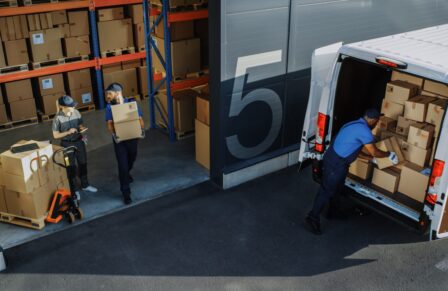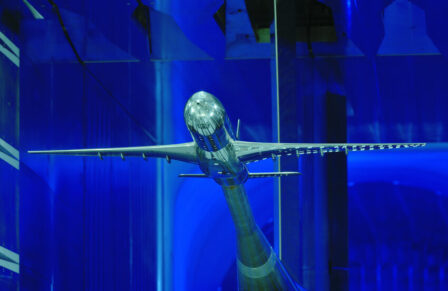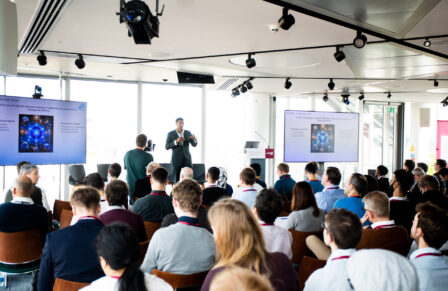Bazaar: How Arcade and Niantic are gamifying retail with augmented reality
Posted 26 Jan 2023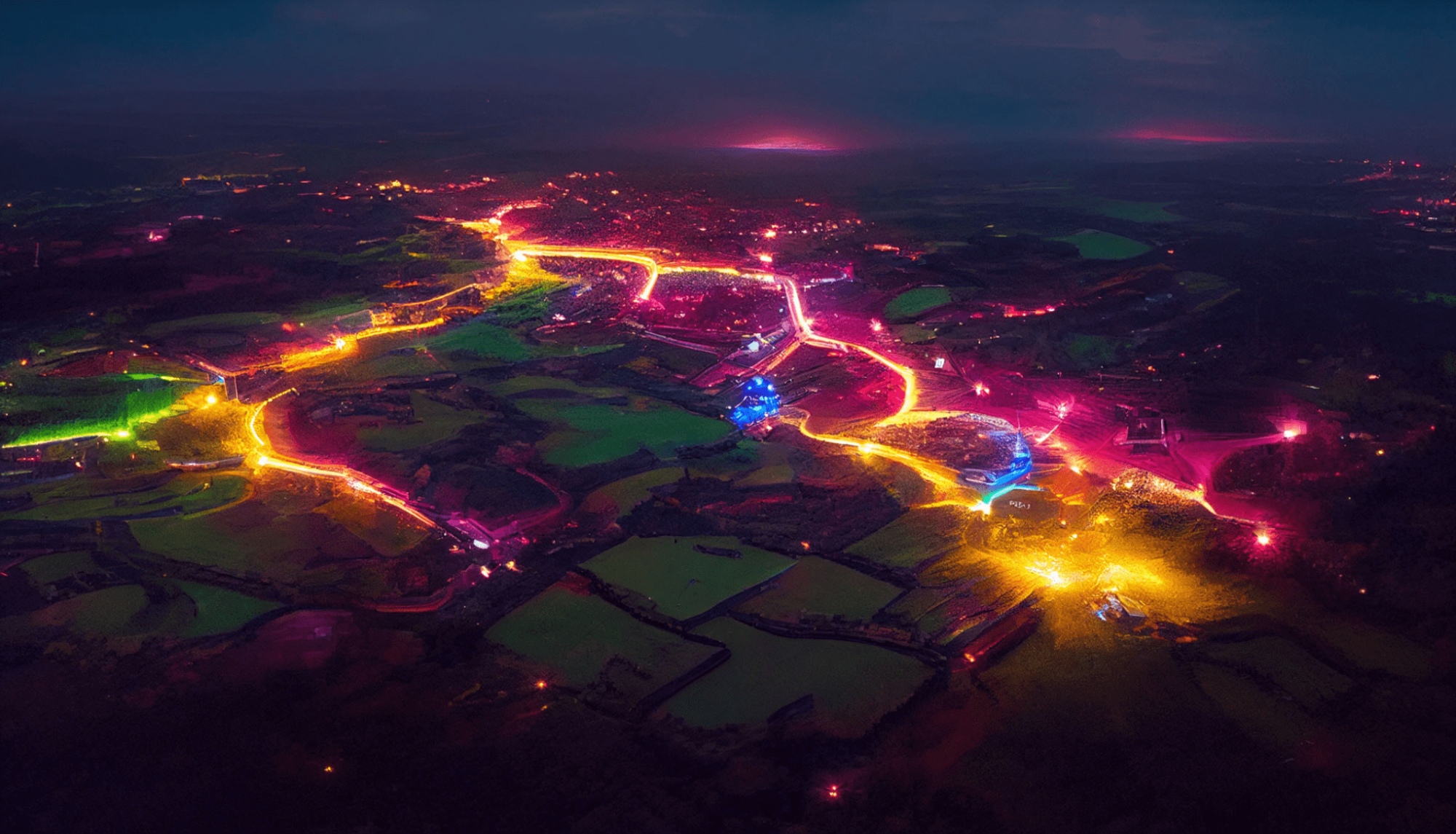
Re-invigorating local high streets
Over the past six months technology experts from Digital Catapult and Niantic Labs, as well as creative leaders from Cartoon Network and Studio Wayne McGregor, have been working with some of the UK’s leading immersive studios to develop augmented reality (AR) concepts that will deliver Niantic’s vision for the ‘real-world metaverse’. The final results of Digital Catapult’s ‘Niantic Lightship accelerator programme’ will be demonstrated at a showcase on 2 February 2023.
Niantic Labs has been working with Arcade, a leading immersive experience agency, on augmented reality concept ‘Bazaar’ to bring people back into bricks and mortar retail environments.
When Niantic partnered with Digital Catapult for the Lightship accelerator programme, Niantic recognised that the most unique aspect of its platform was the world map sourced with help from players of its games, Ingress and Pokémon Go. Sponsored Pokestops had produced a stream of revenue and proven the business potential in engaging retailers with AR-powered mobile concepts. Given the impact Covid-19 and the huge growth of online retail has had on the high street, reinvigorating it with the power of AR became the third challenge theme for the Lightship accelerator programme.
“The goal is to provide the technology to empower creators around the world to develop innovative new AR and location-based experiences, building a real-world metaverse for a growing global audience.” Dan Hill, Senior Director of Marketing EMEA for Niantic.
When the Lightship accelerator challenges were announced, London-based creative reality agency Arcade felt that the retail challenge was closely aligned with its mission and creative aspirations. Arcade’s mission is to connect people to places through play. Its AR portfolio includes commissioned work for cultural institutions such as The National Gallery and MUNCH in Norway. Alongside vast experience in digital technology, Arcade’s founding team has a passion for designing real-world experiences, which aligns with Niantic’s values about bridging the digital and physical worlds using augmented reality.
Bazaar: ‘drop til you shop’
With its concept Bazaar, Arcade set out to create a digital game with real-world rewards around the UK’s high streets. Bazaar was designed to stimulate millennial and Gen Z re-engagement with bricks-and-mortar retail environments. The overall vision was to socialise AR in a way that would generate footfall and revenue for participating retailers, and the demonstrator was scoped to validate the concept.
Using Lightship’s features, Arcade has created a world where players collect virtual drops from real-world locations and exchange the drops for physical rewards or trade them with other players. Drops initially appear in AR within a set radius of high street locations. Each drop is a unique game object that is synchronously visible to all players, and only available to be collected once.
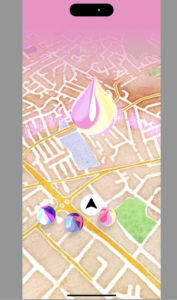
Collecting the drops encourages users to get out onto their high streets. Once a player has collected enough drops, they are incentivised to visit the retailer for a reward.
Scratching the surface of AR user experiences
While the core of the Bazaar concept is simple, Arcade has worked hard to give it a colourful identity. A satisfying user experience often hinges on small details, and already for the demonstrator, Arcade has created an original look and feel for the application, including a striking water-coloured map and deliciously colourful drops.
While Arcade’s CEO Jon Meggitt believes AR development as such does not differ significantly from making interactive digital applications, he identifies user experience design for AR as the exception:
“Dealing with the six degrees of freedom is profoundly different for user experience design. It’s the bit that is so underdeveloped so far – we have only scratched the surface of what we should be doing when providing navigation cues, designing interfaces, et cetera.”
Exploring and pushing the boundaries of user interactions in AR is important for Arcade. In Bazaar, this is evident in the way that users pick the drops: by flicking their phone up, witnessing a seamless effect of the virtual world of the map transitioning to their physical everyday surroundings.
Asking the difficult questions: why AR? Why Lightship?
Arcade has always approached the role of immersive technologies in its projects with close scrutiny, wanting to justify from the very beginning that the technology enhances the user experience rather than detracting from it. Arcade aimed to make players feel connected to the high street, and the Visual Positioning System in Lightship, hand in hand with augmented reality, enabled that. The Arcade team was appreciative of how Niantic was happy for them to employ the Lightship features they believed would deliver the most impact.
Alex Book, Arcade’s Chief Strategy Officer describes the process: “Sometimes the novelty can be enough as a justification for doing an AR project, so long as you know that that is the reason you are doing it – it’s like ‘we’re delivering this to show that we are at the cutting edge of digital experiences’. But generally, it’s not enough, and we’re almost always pushing for experiences to be more than that. It’s about making sure the AR is in service of the experience rather than the other way around.”
The social aspect of Bazaar in its demonstrator scope centres around trading one’s drops with other players. The focal point of this activity is locations in the real world, but not just any locations – for Bazaar, Arcade made a selection of post boxes into wayspots that function as trading posts. Furthermore, accessing a post box in Bazaar is very different to an everyday visit, as the video below illustrates – the visually striking implementation aims to make the trading experience something that players want to experience repeatedly.
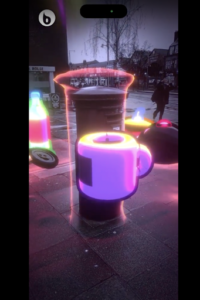
Testing in the real world, with real retail partners
Ultimately, Bazaar is meant to function as a tool for participating retailers. The Bazaar backend will enable retailers to track the number of players that have engaged with their drops and drill down to more detailed data about which types of drops have best converted into shop visits. With the metrics, the plan for the full product is to provide participating retailers with an ongoing insight into the value they are getting through their participation, and tools with which to experiment with different drop types and rates.
To work towards this goal, Arcade wanted to engage local retailers to pilot Bazaar during the demonstrator development. Finding partners added an atypical outreach element to the project. It also highlighted the challenges in communicating an AR concept in development to potential partners who in most cases only have a rudimentary understanding of augmented reality, at best.
“Lots of interest, quite a lot of intrigue, quite a lot of good questions about how it works, and then…a very big drop-off between ‘I’m interested, leave us with the information, that sounds great’ and ‘Yes, I will sign up to do this’”, Alex Book describes the outreach experience.
Nevertheless, Arcade managed to secure nine small retail businesses on three high streets across London for the test period, with actual physical goods as rewards for the test cohort. The test will serve both to validate the end-user experience and find ways to improve it and to gain a better understanding of the retailers’ needs for a full production and commercial launch in the future.

